ASIAN PALACE IN THE MIDDLE OF SAIGON
The museum is built on a large campus, about 2,100 m2 . The museum is located opposite the Memorial Temple (now Hung King Temple) - a pure Vietnamese architecture, built in 1926. Both works were designed by architect Auguste Delaval.
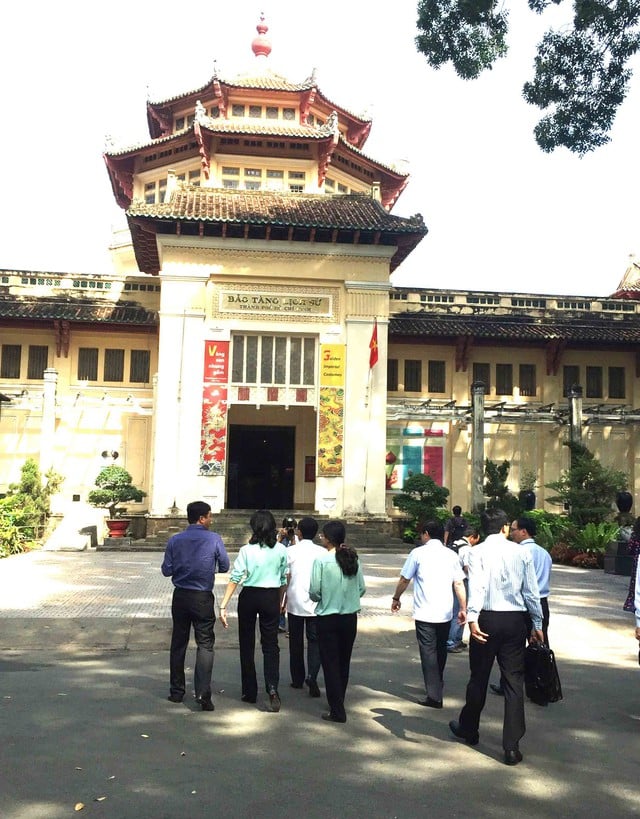
Ho Chi Minh City Museum of History with two-story tower in Asian style
PHOTO: QUYNH TRAN
From a distance, the museum building shows a solemn and quiet demeanor. Standing out in the center is a two-story tower, with the lower floor being octagonal and the upper floor being hexagonal, both covered with red tiles. At the top of the tower is a statue of a large gourd, symbolizing the harmony of Heaven and Earth. At the same time, it also represents the concept of Longevity and Unity according to Feng Shui.
At each end of the tower's roof, there are carved clouds and water, representing sublimation, in the style of ancient Vietnamese temple roofs. On the other hand, the columns supporting the tiled roof are painted red, like those in royal temples. In some ways, the museum's tower is reminiscent of the "red towers and purple attics" of the towers at the Beijing Summer Palace. However, the tower is not a separate floor but a place to get light for the exhibition space inside the building, through white glass windows.
Below the tower is the main gate - a large, majestic architectural block, shaped like the entrance to palaces or temples in the Imperial Citadel in Hue . It has a soft, horizontal Vietnamese-style tiled roof. The museum's name is embossed in a rectangular frame with modern motifs surrounding it, presented like a large horizontal plaque.
Along the two edges of the entrance gate, according to the original model, there were two rows of Chinese characters carved on the wall, arranged like two parallel sentences. On the left side were the words: A Dong Co Dong My Thuat Ke Thuc Hoc (meaning this is a place to study East Asian antiques). On the right side were Viet Nam Nhan Loai Bac Vat Dac Ky Quan (there are many precious objects about the land and people of Vietnam). To reach the entrance gate, visitors will have to step over 9 short green stone steps. The number 9 is considered eternal, everlasting, or complete, perfect. Unfortunately, these two parallel sentences, along with some animal statues and ancient cannons placed in front of the entrance gate, are no longer visible.
VIETNAMESE AND INTERNATIONAL TREASURES
Meanwhile, the four iron doors of the entrance are exquisitely cast, with bars bearing the stylized Longevity character and ancient Vietnamese patterns. The wooden doors of the two offices behind the entrance are also works of art, carved with fruit and flowers. Through the entrance, visitors go to the central octagonal exhibition hall, corresponding to the tower above. This hall is connected to 10 other large and small exhibition halls. Notably, on the left and right wings of the building, there are two courtyards - which act as skylights to bring in light. At the same time, this is also a space for relaxation, like in ancient houses and temples. The museum building is worthy of being one of the works that uniquely represents the French - Indochina architectural style in Vietnam.
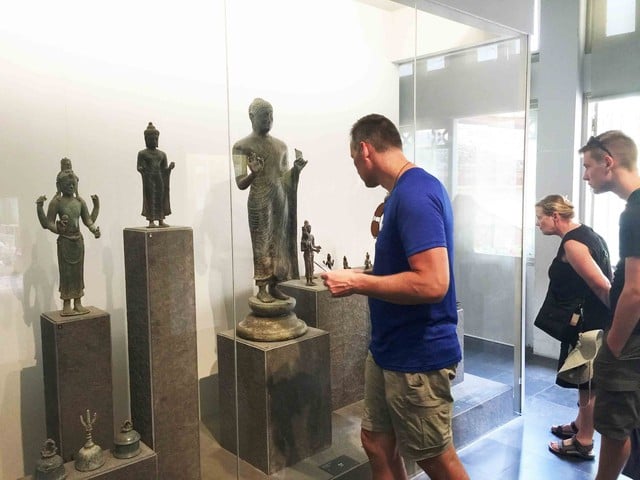
There are many national treasures kept here attracting tourists to visit.
The establishment of the museum was a great effort by the government at that time. At the end of the 19th century, the city had a massive building, intended to be a museum of commerce and agriculture , but later converted into the headquarters of the Governor's Palace (Gia Long Palace, now the Ho Chi Minh City Museum). In the early 1920s, Governor of Cochinchina Blanchard de la Brosse promoted the re-establishment of the museum. Therefore, after a while of opening, the museum was named after him in gratitude.
Before the Blanchard de la Brosse Museum, Saigon only had a small museum, which housed the collection of the Indo-Chinese Archaeological Society, located in the building at 8 Norodom Avenue (Le Duan). The building was a beautiful French structure, but in 2016 it was demolished to build a high-rise building, but it is still vacant. The Blanchard de la Brosse Museum not only houses Vietnamese antiquities but also many rare artifacts from several Asian countries such as Cambodia, Thailand, China and Japan.
In the mid-1950s, it was transformed into the National Museum of the South; after April 1975, it was renamed the Ho Chi Minh City Museum of History, continuing to be an attractive destination for many domestic and international researchers and tourists. (to be continued)
Source: https://thanhnien.vn/kho-bau-chua-tung-co-o-nam-ky-185250418210133581.htm



![[Photo] General Secretary To Lam visits exhibition of achievements in private economic development](https://vphoto.vietnam.vn/thumb/1200x675/vietnam/resource/IMAGE/2025/5/18/1809dc545f214a86911fe2d2d0fde2e8)
![[Photo] National conference to disseminate and implement Resolution No. 66-NQ/TW and Resolution No. 68-NQ/TW of the Politburo](https://vphoto.vietnam.vn/thumb/1200x675/vietnam/resource/IMAGE/2025/5/18/adf666b9303a4213998b395b05234b6a)



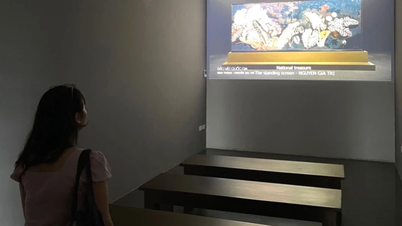

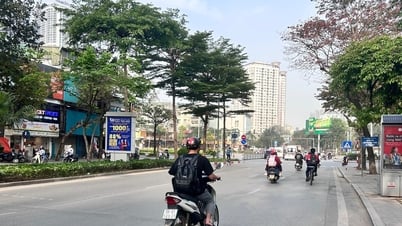

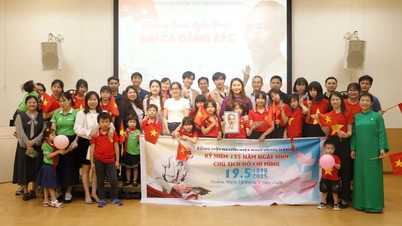
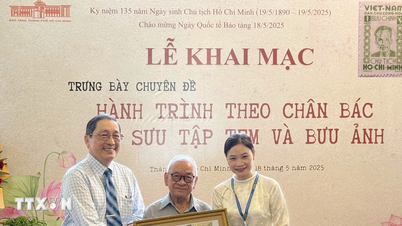

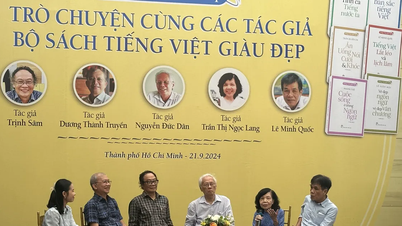

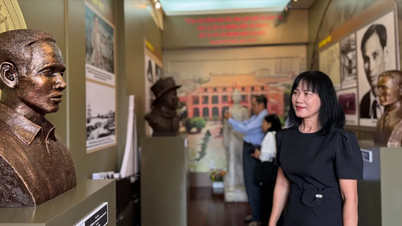







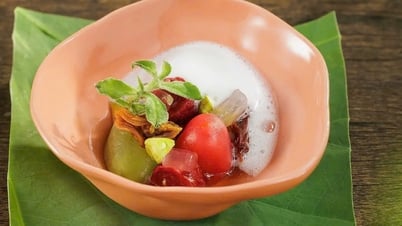


![[Photo] More than 17,000 candidates participate in the 2025 SPT Competency Assessment Test of Hanoi National University of Education](https://vphoto.vietnam.vn/thumb/1200x675/vietnam/resource/IMAGE/2025/5/17/e538d9a1636c407cbb211b314e6303fd)











































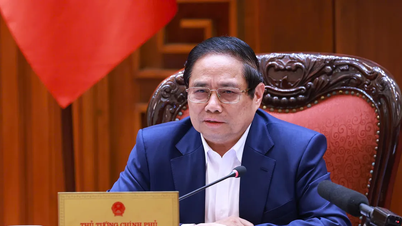
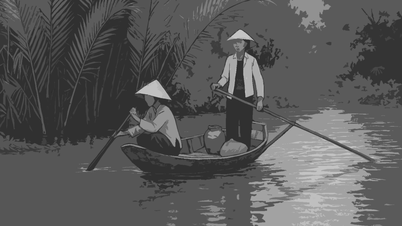

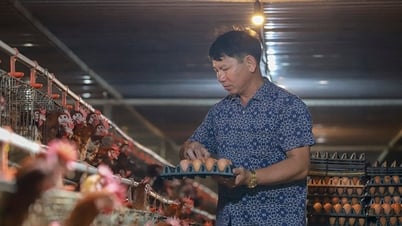


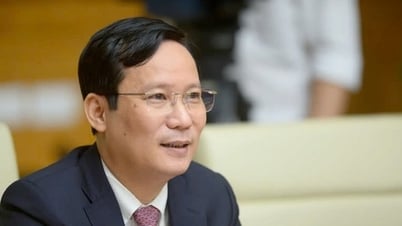









Comment (0)